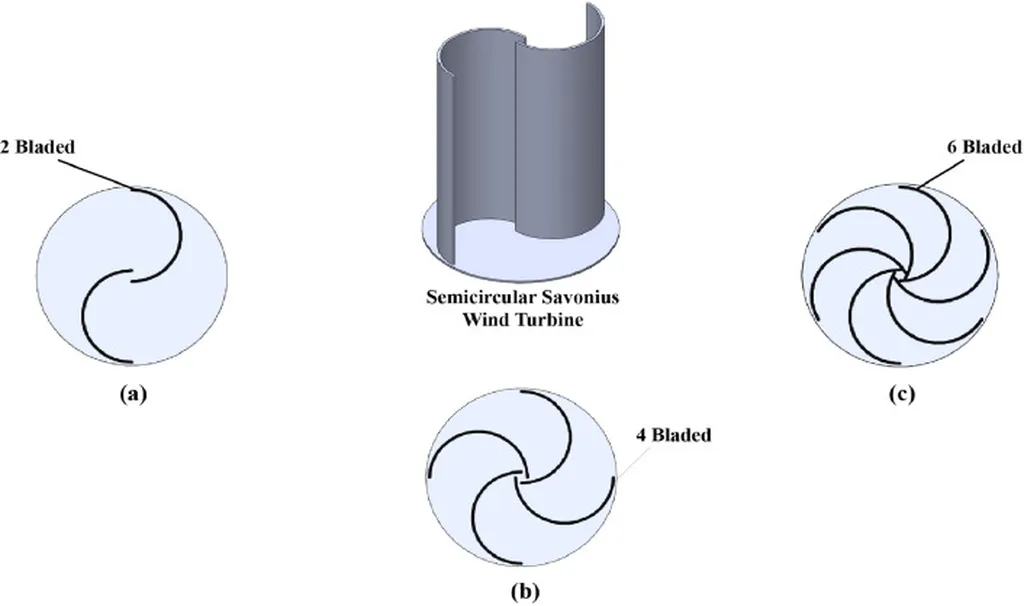In the quest for sustainable urban energy solutions, a recent study published in the Archives of Acoustics, the official journal of the Polish Academy of Sciences’ Committee on Acoustics, has shed light on a critical aspect of wind turbine design: noise. The research, led by Shivangi Sachar of the Institute of Fluid Flow Machinery, Polish Academy of Sciences, explores how the segmentation of Savonius rotors—a type of vertical-axis wind turbine—can significantly impact noise levels and efficiency, offering valuable insights for the wind energy sector.
As cities worldwide increasingly turn to wind power to meet their renewable energy goals, the noise generated by wind turbines has become a pressing concern for urban residents. Sachar’s study delves into the aeroacoustic effects of rotor segmentation, comparing single-segment and five-segment rotor designs under various operational conditions.
The findings reveal that while single-segment rotors boast higher efficiency, they also produce more noise. In contrast, five-segment rotors, despite their lower efficiency, offer a better sound quality due to phase shifts that enhance acoustic energy dissipation. “The five-segment rotors generate less acoustic energy, which is crucial for urban environments where noise pollution is a significant concern,” Sachar explains.
The study employed a range of acoustic analyses, including broadband and narrowband analyses, as well as calculations of sound quality indicators such as sharpness, roughness, and fluctuation strength. Notably, the research found that acoustic energy decreases with increasing load, peaking when rotors are free at high revolutions per minute (RPM).
The implications of this research for the energy sector are substantial. As cities strive to integrate more wind turbines into their energy mix, the trade-off between efficiency and noise becomes increasingly important. Sachar’s findings suggest that designers may need to prioritize noise reduction over maximum efficiency to ensure the widespread acceptance of urban wind turbines.
Moreover, the study highlights the potential for further innovation in rotor design. By understanding the acoustic behavior of segmented rotors, engineers can develop new designs that balance efficiency and noise, paving the way for more sustainable and community-friendly urban wind energy solutions.
As the world continues to grapple with the challenges of climate change and energy sustainability, research like Sachar’s offers a beacon of hope. By addressing the critical issue of noise in wind turbine design, this study not only advances our scientific understanding but also brings us one step closer to a future powered by clean, renewable energy.

